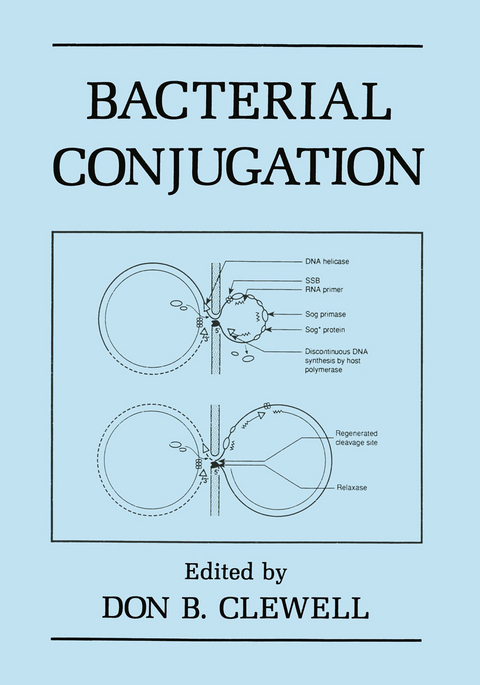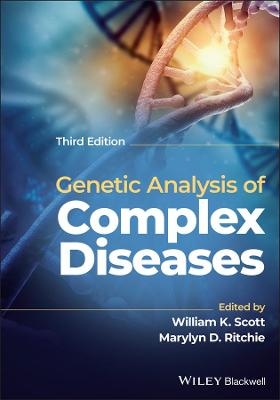
Bacterial Conjugation
Kluwer Academic/Plenum Publishers (Verlag)
978-0-306-44376-3 (ISBN)
1. Bacterial Conjugation: A Historical Perspective.- 2. Genetic Organization of Transfer-Related Determinants on the Sex Factor F and Related Plasmids.- 3. Key Regulatory Aspects of Transfer of F Related Plasmids.- 4. Broad Host Range Conjugative and Mobilizable Plasmids in Gram-Negative Bacteria.- 5. DNA Processing and Replication during Plasmid Transfer between Gram-Negative Bacteria.- 6. Mobilization of Chromosomes and Nonconjugative Plasmids by Cointegrative Mechanisms.- 7. Conjugative Pili and Pilus-Specific Phages.- 8. Plasmid Incompatibility and Replication Control.- 9. Agrobacterium-Mediated Transfer and Stable Incorporation of Foreign Genes in Plants.- 10. Conjugal Transfer of Agrobacterium Plasmids.- 11. Conjugative Plasmids of Streptomyces.- 12. Conjugation and Broad Host Range Plasmids in Streptococci and Staphylococc.- 13. Conjugal Transfer in Anaerobic Bacteria.- 14. Sex Pheromones and the Plasmid-Encoded Mating Response in Enterococcusfaecalis.- 15. The Conjugative Transposons of Gram-Positive Bacteria.
| Zusatzinfo | 53 Illustrations, black and white; XVI, 413 p. 53 illus. |
|---|---|
| Verlagsort | New York |
| Sprache | englisch |
| Maße | 178 x 254 mm |
| Themenwelt | Medizin / Pharmazie ► Medizinische Fachgebiete |
| Studium ► 2. Studienabschnitt (Klinik) ► Humangenetik | |
| Naturwissenschaften ► Biologie ► Mikrobiologie / Immunologie | |
| ISBN-10 | 0-306-44376-7 / 0306443767 |
| ISBN-13 | 978-0-306-44376-3 / 9780306443763 |
| Zustand | Neuware |
| Haben Sie eine Frage zum Produkt? |
aus dem Bereich


